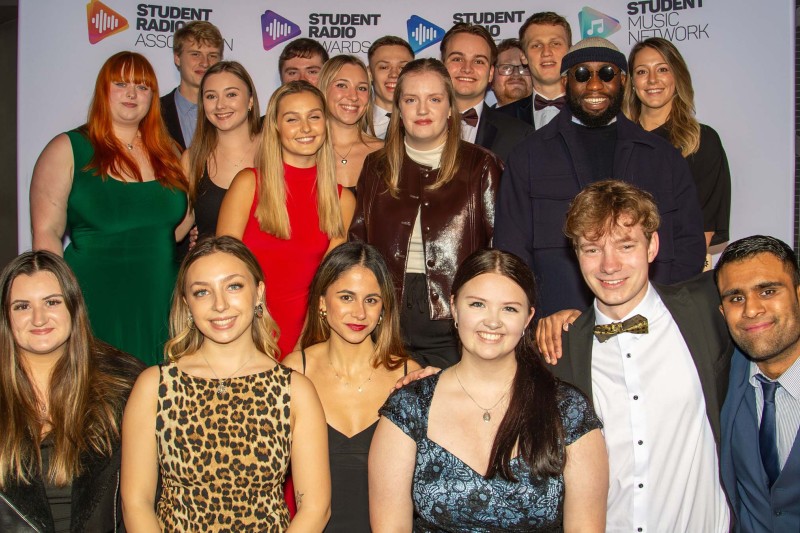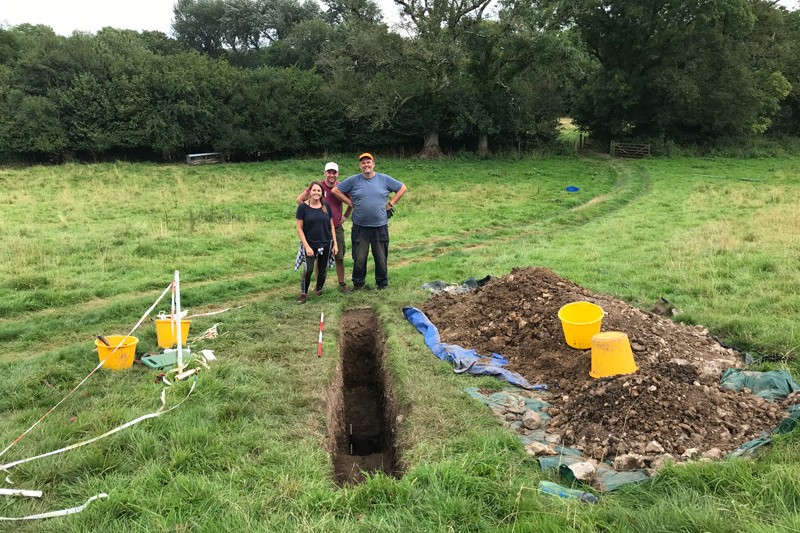New research on two people who cannot feel touch uncovers evidence on how the human brain unconsciously embodies the physical self.
The research shows how the brain compensates for lack of ability to feel touch to create a sense of physical embodiment when it cannot be otherwise achieved.
The research was conducted by Bournemouth University, the University of Chicago and the University of Birmingham, and is published in the journal Experimental Brain Research.
Two participants – Kim, based in the US, and Ian, based in the UK – were at the heart of the study. Both participants have a complete lack of somatosensation – the ability to feel through the senses of touch and movement, as well the interaction of the body with its environment.
At the age of 19, Ian developed what’s believed to be an autoimmune response after becoming sick. That led to a complete and permanent loss of somatosensation below his neck, including his sense of touch and his sense of the location and movement of his body in space (known as proprioception). Ian needed months of intensive rehabilitation to learn to move his body and limbs again, through conscious effort and with under visual awareness. Kim was born without somatosensation and does not possess the sensory nerve fibres to feel her body.
The investigators were interested in learning how the human brain adapts to a loss of sensory information, and how it might compensate for a complete lack of touch-related sensory inputs. In particular, the team wanted to learn how a person who cannot feel touch might be able to use other sensory information, such as sight, to develop a sense of their own body. They also wanted to understand how a person who had never experienced touch or proprioception might differ in their perception of their body when compared to a person who once possessed those senses, but lost them as an adult.
The research found that when the body has a complete lack of sensory information through touch or proprioception, the brain can compensate through visual cues to give a sense of the body.
Jonathan Cole, a Clinical Neurophysiologist at University Hospitals Dorset and visiting professor at Bournemouth University, said: “You and I have habits and skills that are not conscious, so this concept of total lack of feeling can be quite hard to understand, but those with this condition have to think about movement the whole time. Only by studying them can we understand what we all take for granted.”
Jonathan, who works in the Centre of Postgraduate Medical Research and Education (CoPMRE) at Bournemouth University, added: “This work is fascinating as it gives us insight into how the brain operates to compensate other elements of the body that may be lacking, and could have implications for how we treat and rehabilitate people in the future too.”
These results indicate that if someone loses their sense of touch and proprioception as an adult, they may develop compensatory mechanisms using visual input and conscious thought to move their bodies. However, a person who has never experienced somatosensation may be able to bypass the lack of touch sensation and instead use unconsciously processed visual information to exert motor control. This process may use as-yet-unconfirmed reorganization of neuronal pathways connecting vision processing with brain regions that are involved in bodily control, such as the cerebellum.
“Both Ian and Kim have conscious representations of their body, despite the lack of sensation,” said Chris Miall, PhD, a professor of motor neuroscience at the University of Birmingham. “The curious thing is that their body representations often go in different directions compared to the control group.
"For example, when reporting the shape of their hands by moving a cursor on the screen, controls misjudge the length of their fingers because they rely on a distorted sensory map and think their fingers much shorter than they are. Kim’s representation was close to that produced by the control participants, even though she doesn’t experience that same sensory distortion. Ian had a much more accurate representation of his hand compared to Kim and the control participants. Our hypothesis is that it’s because he uses his hands a lot, always under conscious visual control, and has built up an accurate representation of his hands.”
The investigators suggest this demonstrates that Kim has an unconscious representation of her body despite never having been able to feel it. However, unlike control subjects, she has replaced the input normally provided by the proprioceptive and touch sensory system with visual information that never reaches her consciousness. This is similar to the way a person will instinctively duck when a ball flies toward them, even before consciously processing what the object is. Ian, on the other hand, relies on much slower processes involving conscious visual perception.
Future research will further investigate Kim’s unique condition as the team of scientists tries to better understand the nature of her sense of her body and how a lack of somatosensation impacts her interaction with the world around her.
“What we can learn from this is that you might not do it in the way that others do it, but you will find a way to make a sense of yourself,” said Mason. “Kim has found a way. It’s not the way that you or I do it, or the way that anyone else on earth might do it, but it’s absolutely critical to have that sense of self. You have to be located somewhere. We’re not brains in vats!”



